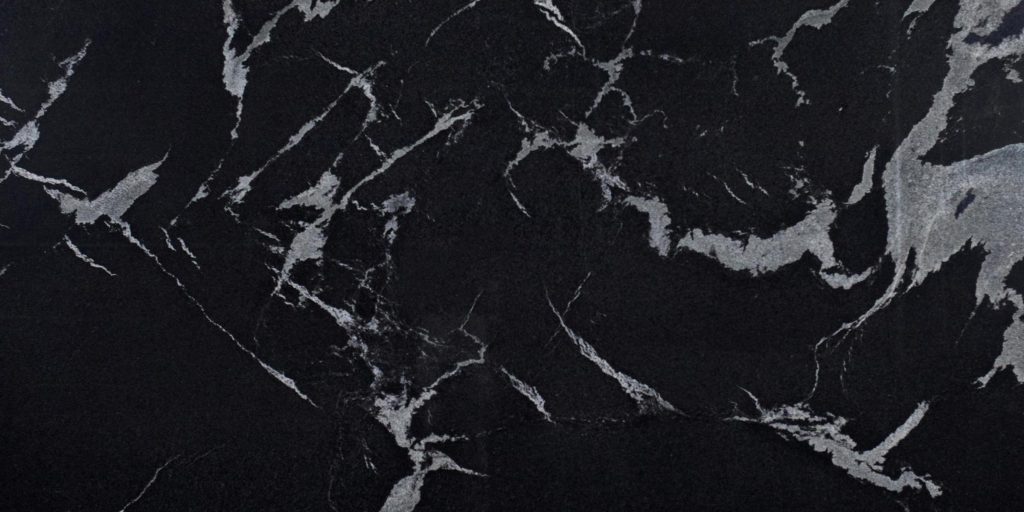What color granite is popular now?
What color granite is popular now? Granite, with its timeless elegance and durability, remains a top choice for homeowners and designers. But as trends in interior design evolve, so too do the colors and patterns of granite that capture the spotlight. If you’re planning a renovation or simply curious about what’s trending in the world of granite, here’s a look at the most popular granite colors right now.
1. White Granite: Classic and Versatile
White granite continues to be a favorite for its versatility and ability to brighten up any space. It’s a go-to choice for kitchens and bathrooms where a clean, modern look is desired. Popular varieties like Alaska White and Bianco Antico offer a subtle mix of white, grey, and even hints of brown, making them adaptable to various design styles from contemporary to rustic.
2. Black Granite: Bold and Dramatic
For those looking to make a statement, black granite is an excellent option. Its sleek, polished finish adds sophistication and drama to any room. Absolute Black and Black Galaxy are among the most sought-after black granites. These stones pair beautifully with lighter cabinetry and stainless steel appliances, creating a striking contrast that’s both modern and elegant.
3. Gray Granite: Subtle and Stylish
Gray granite is increasingly popular due to its understated elegance and versatility. This neutral tone works well in both traditional and contemporary settings. Steel Gray and Silver Cloud are top choices for those who prefer a sophisticated yet subtle look. Gray granite often features intricate veining and speckling, adding depth and interest to countertops without overwhelming the space.
4. Blue Granite: Unique and Eye-Catching
For a truly unique look, blue granite is gaining attention. With shades ranging from deep navy to lighter, almost ethereal tones, blue granite can add a touch of luxury to any room. Azul Bahia and Blue Pearl are popular selections that offer a mesmerizing mix of blue hues with metallic flecks, making them perfect for those who want their countertops to be the focal point of the room.
5. Brown Granite: Warm and Inviting
Brown granite, with its earthy tones, is perfect for creating a warm and inviting atmosphere. It pairs well with wooden cabinetry and natural materials, making it ideal for kitchens and bathrooms aiming for a cozy, rustic feel. Tan Brown and Baltic Brown are among the top choices, offering a rich blend of browns with specks of black and gray.
6. Green Granite: Natural and Refreshing
Green granite brings a natural, serene feel to interiors, making it an excellent choice for those who love the outdoors. Whether in deep forest greens or lighter, more subdued shades, green granite like Ubatuba and Verde Butterfly can add a refreshing touch to kitchens, bathrooms, or even outdoor spaces.
7. Gold and Beige Granite: Luxurious and Timeless
Granite with gold and beige tones remains popular for its luxurious appeal. These warm hues can make a space feel elegant and timeless. Colonial Gold and Giallo Ornamental are prime examples of granites that offer a sophisticated look, with intricate patterns that add visual interest without overpowering the design.
8. Red Granite: Bold and Energetic
If you’re looking for a color that exudes energy and passion, red granite might be the perfect choice. While less common than other colors, red granite like Red Dragon or Vermillion is ideal for creating a striking, memorable space. It’s often used as an accent in modern designs or to add a pop of color in more traditional settings.
Conclusion
Whether you prefer the clean lines of white granite, the boldness of black, or the warmth of brown, there’s a granite color to suit every taste and design style. As trends continue to evolve, what color granite is popular now will remain at the forefront of interior design, offering timeless beauty and durability for years to come. So, when choosing your next granite countertop, consider these trending colors to ensure your space is both stylish and up-to-date.











